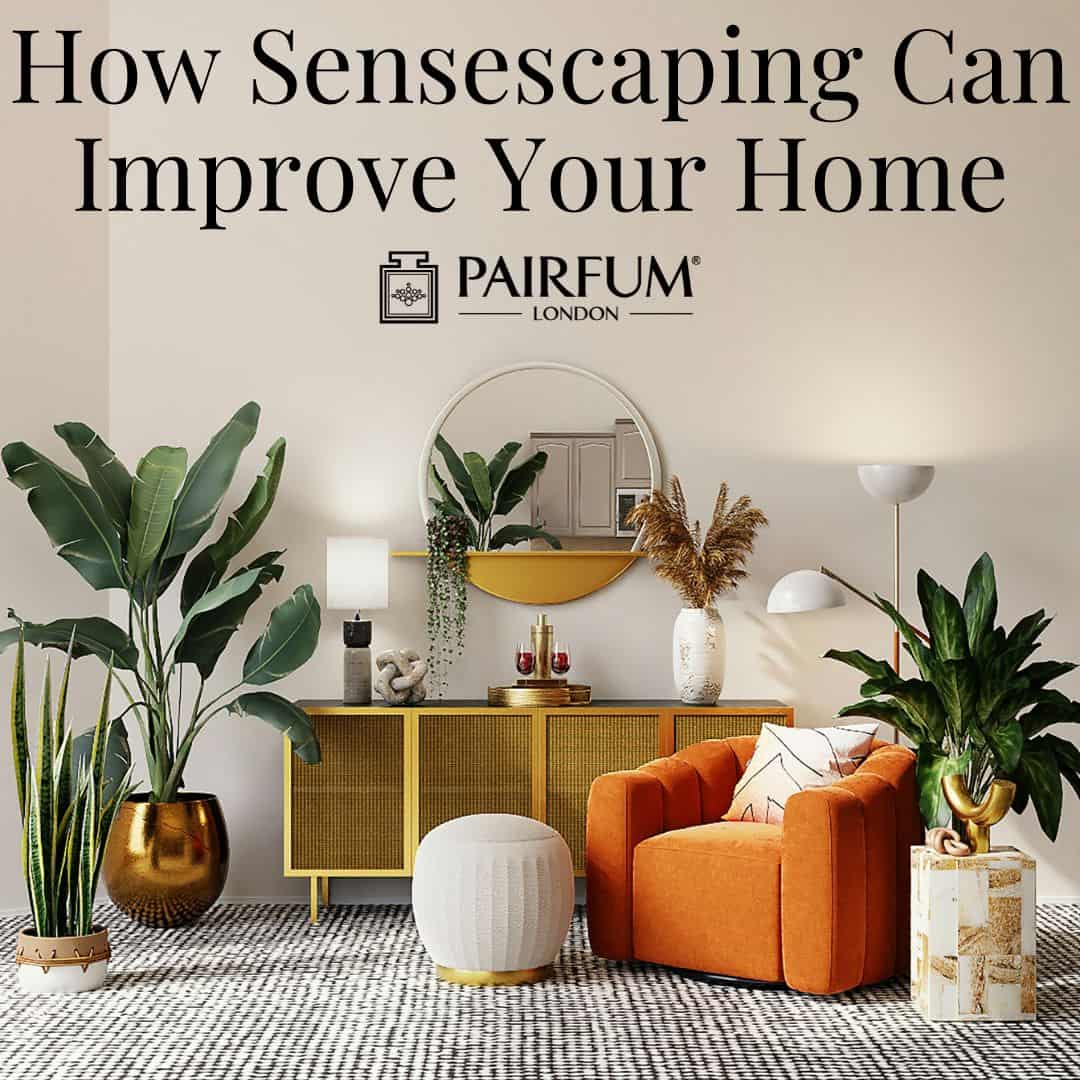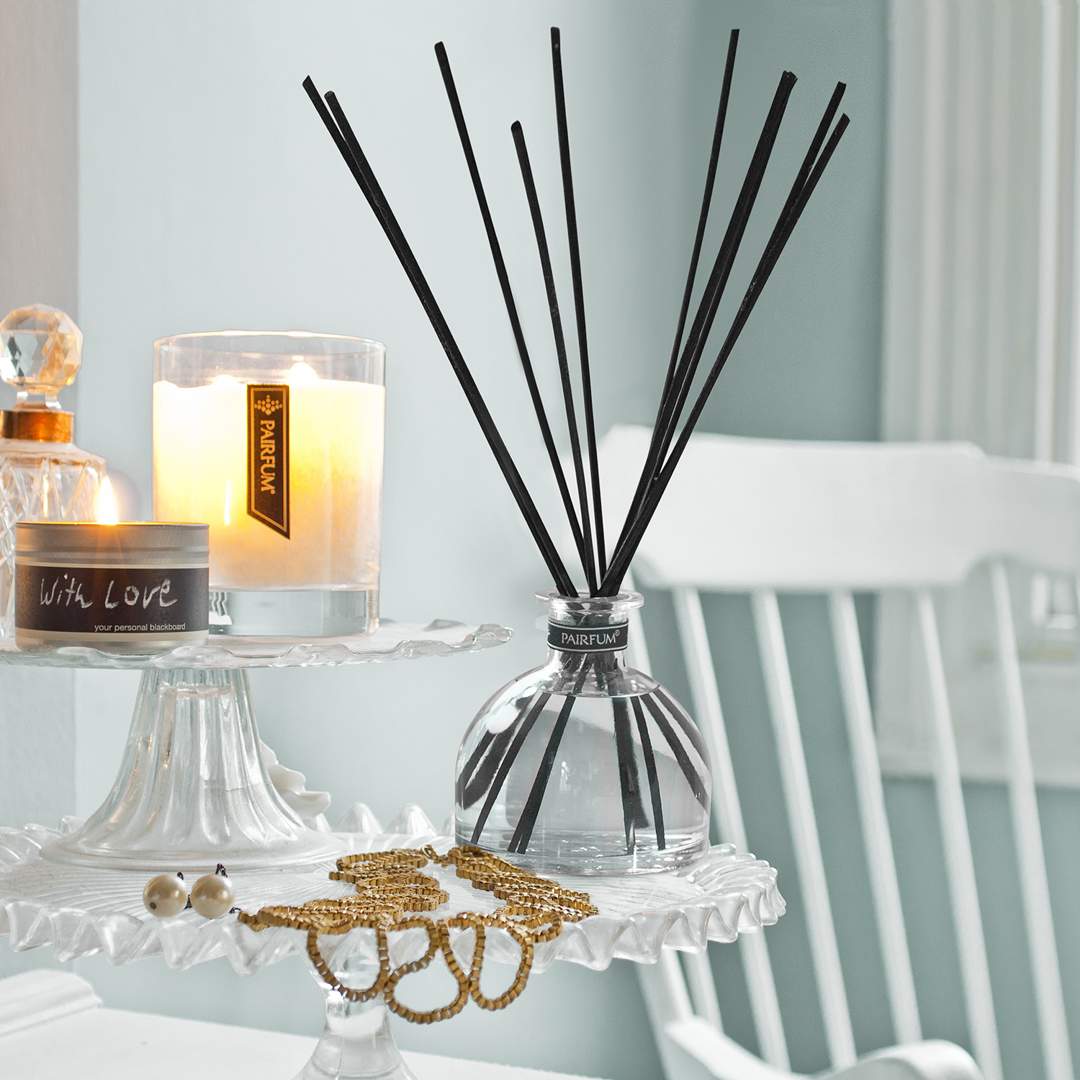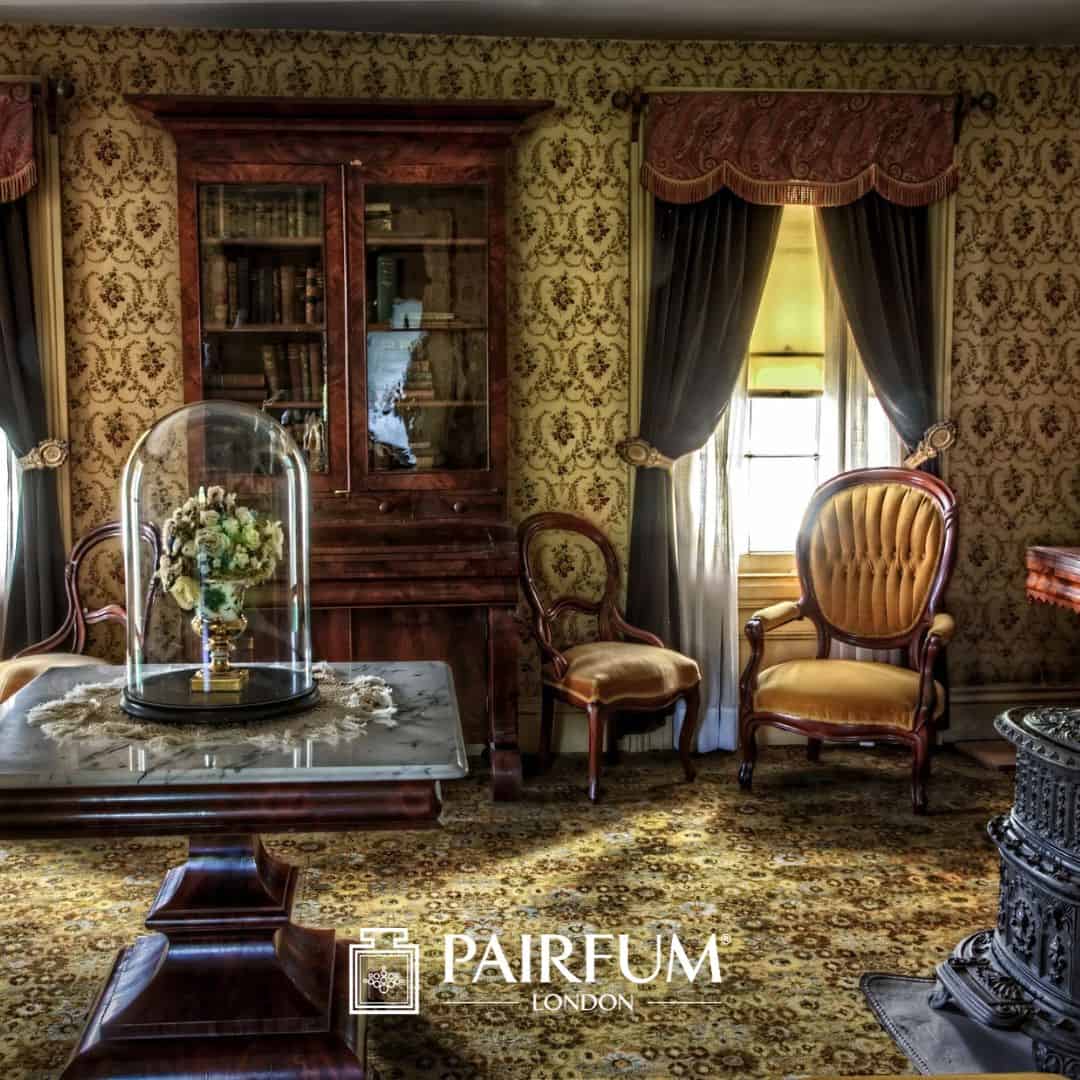How Sensescaping Can Transform Your Home

Sensescaping is rapidly becoming one of the most influential design and well being trends shaping modern interiors. Our homes influence us in ways far greater than we often notice. Beyond what we see, the spaces we inhabit affect our feelings, our mind, and our overall well being. In recent years, there has been growing interest in creating immersive wellness focused environments by paying attention to all the senses. This practice is known as sensescaping.
What is Sensescaping?
Sensescaping is a holistic approach to shaping living space and interiors. Rather than focusing only on visual aesthetics, sensescaping considers sight, smell, sound, touch and texture to create immersive environments that guide our emotional responses and foster relaxation.
By carefully selecting scents, sounds, colours, materials and lighting, homeowners can design spaces that respond directly to the mood they wish to cultivate. For example, soft hues and calming fragrances may invite a sense of peace, while brighter accents such as yellows can introduce vitality and energy. Each choice contributes to steering desired emotions and helps us develop a deeper connection with our surroundings.
Why Sensescaping Matters
Science shows that stimuli from our environments strongly influence feelings and behaviour. The smell of lavender can support relaxation and lower stress levels, while soft instrumental sound may sustain focus during an activity. Similarly, the comfort of natural linen, bouclé or velvet carries with it a tactile reassurance that makes a room more inviting.
This multi-layered design philosophy not only sets atmospheres and moods but also builds authenticity in our relationship with the home. It reminds us to slow down, create time for mindful rituals, and design with depth rather than surface alone. Ultimately, it is about aligning our spaces with our body’s needs and enhancing our sense of overall wellbeing.

The Role of Scent in Shaping Mood
Among all the senses, scent impacts the brain most directly. It bypasses rational thought and connects with the limbic system, where memories and mood are stored. That is why certain fragrances bring immediate calm, while others lift us with energy or optimism.
For example, using essential oils or diffusers in the evening can fill a room with aromas associated with relaxation, while swapping to citrus or woody blends during the day can stimulate focus. The gentle glow of candlelight paired with subtle scents offers another path towards calm, combining visual warmth with olfactory comfort to set a tranquil scene.
Textures, Materials and Touch
The power of touch in sensescaping should never be underestimated. Different materials and textures bring a physical dimension to your interior spaces, providing comfort and grounding:
- Linen brings airy freshness ideal for warmer seasons.
- Velvet adds depth, sophistication and tactile richness.
- Bouclé conveys cosiness with its looped threads.
- Faux fur layers introduce indulgence and softness.
- Stone surfaces add natural grounding and balance to modern interiors.
These tactile elements invite moments of comfort and intentional pause. Rubbing a silky throw between the fingers or walking barefoot on textured rugs are everyday examples of how texture influences our states of relaxation.
Designing with Sound
Alongside scent and touch, sound carries huge power in sensescaping. It has a direct influence on mood and can either heighten stress, bring relaxation, or support focused activity.
Gentle background music, nature recordings, or smart speakers designed to deliver calming playlists are effective tools. The rhythmic pitter-patter of rainfall, the murmur of ocean waves, or even discreet white noise create environments that cocoon and soothe. For many, these auditory cues are essential in crafting immersive wellness experiences that align with their desired emotions.

Light, Colour and the Influence of Nature
Colour, shade and illumination influence the way we interact with spaces. Muted palettes and earthy tones support grounding feelings, while brighter highlights like yellows encourage optimism and energy. The play of natural light shifts across the day, offering organic rhythm and harmony. When paired with smart bulbs, homeowners can fine-tune light intensity and warmth to match activity and set the right tone for both focus and relaxation.
Equally important is a connection with nature, which lies at the heart of sensescaping. Bringing plants inside, decorating with natural materials like wood and stone, or introducing hues inspired by forests and seas deepen our attachment to the natural world. Nature not only helps reduce stress but also reinforces feelings of continuity, balance and authenticity within our interiors.
Creating Immersive Wellness Focused Environments
The ultimate goal of sensescaping is to form immersive wellness focused environments that echo the body’s needs. In a bedroom, this may mean lavender scent, soft linens, candlelight and gentle wave sound to support deeper relaxation. In a living room, it may be the use of earthy tones, tactile throws in faux fur, and subtle background compositions that make social gatherings flow with warmth and ease.
Each example demonstrates how sensescaping translates attention to the senses into highly practical design choices that refine the living space. Not only do these details influence emotional responses in the moment, but over time they create lasting associations with comfort, relaxation and peace of mind.

Enhancing Sensescaping with Elegant Pairfum London Home Fragrances
A beautifully chosen reed diffuser can act as the finishing touch in sensescaping, adding balance and inviting calm into the home. The Bell Reed Diffuser is designed not only to enrich the atmosphere with refined fragrance, but also to complement the comfort, mood and authenticity of your living space. A single placement in a bedroom, hallway or lounge can create a subtle yet continuous sense of relaxation, shaping a welcoming environment from the moment you enter.
Large Bell Reed Diffuser by Pairfum London
The diffuser itself combines graceful design with practicality. Its elegant glass bell encourages a slow release of fragrance, ensuring a steady scent that lasts over time without overpowering. Unlike candles, it requires no flame, making it a safe and stylish choice for any interior. With its sculptural form and understated aesthetics, it works as both a decorative piece and a functional part of sensory design, bringing a layer of intimacy and sophistication to every room.
Conclusion
Sensescaping shows us that the design of spaces must include far more than colours and shapes. By weaving together scent, sound, texture, light, and materials, we can construct homes that encourage relaxation, reduce stress, and elevate overall wellbeing. The consideration of sight, smell, and touch, alongside connections to nature, invites deeper connection with our environments and strengthens our ability to evoke desired emotions at will.
Through this holistic approach, our interiors become more than functional backdrops; they turn into harmonised, living organisms responding to mood and supporting authentic, balanced lifestyles. This is the essence of sensescaping – creating homes that are not just beautiful, but profoundly human.
https://www.pairfum.com/sensescaping/?fsp_sid=9122
#ARTISANPERFUMERSOFLONDON #FRAGRANCE #INSTAPERFUME #LONDON #LOVE #NATURAL #NICHE #PERFUME #PERFUMELOVERS #SCENT #SENSESCAPING
Comments
Post a Comment